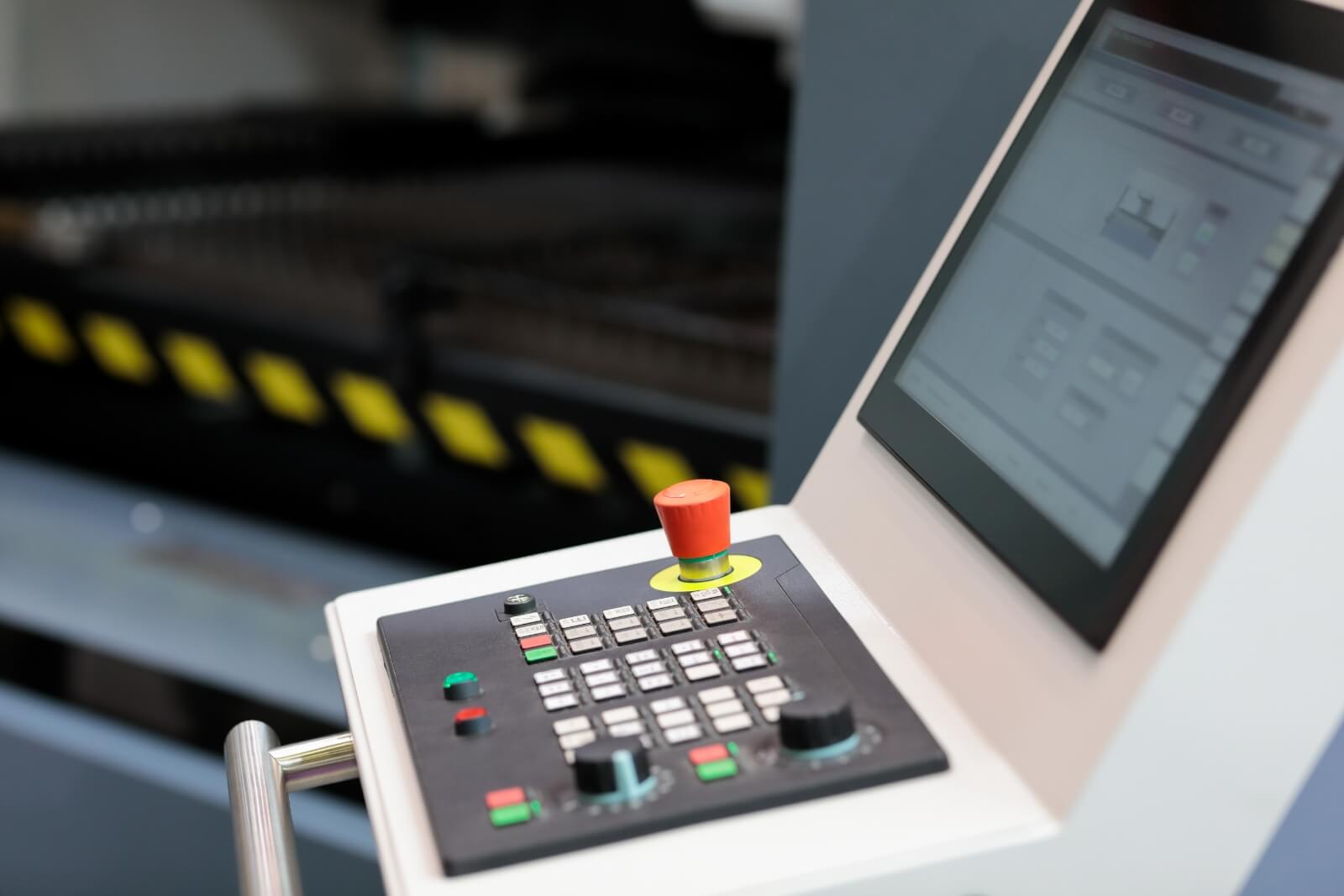CNC Feeds and Speeds Explained
By scribe

There are many parameters that must be considered when setting up a job on your CNC router or plasma, especially if you hope to achieve optimal precision, quality, and efficiency.
In the CNC world, the most notable group of these parameters are feeds and speeds – a term generally used to refer to feed rate, cutting speed, slew rate, plunge rate, and spindle rpm.
Here is a breakdown of what each of these factors entails and a closer look at why feed rate optimization is so important to the success of your operation.
What Is Feed Rate?
Feed rate refers to the distance the cutting tool travels during one spindle revolution, as well as to the velocity at which the cutter is advanced against the workpiece. It can generally be thought of as how fast the machine moves the router bit through the material when cutting. Feed rate is typically measured in units per minute (i.e., inches per minute).
The suggested feed rate for a given project will vary depending on the material you’re cutting, the material of the cutter itself, and several other factors.
Feed rate has a massive impact on the outcome of your work, and is directly related to:
- Safety
- Productivity
- Surface finish
- Part quality
Feed rate can also contribute to the wear on your CNC machine’s components over time, which is what makes feed rate optimization so important. More on that later.
Is Feed Rate the Same as Cutting Speed?
Feed rate is not to be confused with cutting speed, which refers to the relative velocity between the surface of the workpiece and the cutting tool and deals more with factors like tool life and power consumption.
What Is Slew Rate?
Slew rate, also known as rapid speed, refers to the speed at which the machine moves when above the material traveling between cuts. In most scenarios, the slew rate is set as high as possible to help reduce cycle times and improve efficiency.
What Is Plunge Rate?
Plunge rate is the speed at which the router bit is driven down (or plunged) into the material when starting a cut. The ideal plunge rate will vary depending on the bit used and the material being cut, but it is always important not to plunge too quickly as this can damage the tip of the cutter.
What Is Spindle Rpm?
Spindle rpm or spindle speed is the rate at which the spindle revolves while cutting. This should also be set to a value appropriate for the tool being used and the material being cut. It is sometimes possible to cut at a faster feed rate by increasing spindle rpm. If you cut at too low of a feed rate or with too high of a spindle rpm, there is risk of overheating the router bit and burning or melting the workpiece.
Feed Rate Optimization
Feed rate optimization is important to maximizing the efficiency and quality of a cut. It can also help preserve the long-term condition and performance of your CNC machine.
Consider a project where the cutter is engaged in the material accelerating at 100 inches per minute along a linear path. When it comes to a 90-degree corner, the cutter must decelerate to a dead stop precisely at the corner point, change directions, and accelerate back up to 100 inches per minute to continue cutting. This rapid deceleration results in increased torque loads on the machine.
Think of the cutter like a car. If you were driving 100 mph approaching a 90-degree turn, it would be smart to slow down ahead of time. This is where feed rate optimization comes in.
Most CAD/CAM packages today include a feed rate optimization feature to address this, in addition to helping reduce cycle times, increasing tool life, and ensuring all cutting operations maintain a constant chip thickness.
Feed rate optimization features allow you to set the distance before the corner to start feed rate reduction and the distance after the corner to increase back to its initial speed. You can also control the percentage by which speed is reduced coming in and out of corners. For example, you could have the feed rate slow down by 50% a half inch from the corner and then remain at 50% until half an inch out of the corner.
This is important because too low of a feed rate can produce chatter, vibration, and work hardening, in addition to resulting in poor surface finishes and premature cutter failure. On the flipside, too high of a feed rate can cause excessive cutter loads, chatter, vibration, and unsafe conditions, and can also lead to the failure of the tool, spindle, fixture, and machine.
Experience CNC the Way It Was Meant to Be with ShopSabre
ShopSabre’s industry-best CNC routers, plasmas, and accessories are designed to help shop owners grow their production through unmatched precision, repeatability, and automation – all at an affordable price.
Our machines are easy to get up and running and to learn how to operate, even without any formal training. Our team of dedicated experts offers one-on-one support to help find the right machine for you and to make sure it works the way you and your business need it to.
Here are a few of the reasons ShopSabre is able to develop and produce such revolutionary CNC technology:
- Experienced in-house engineering talent
- The ability to totally fabricate and test designs onsite
- The ability to place the designs into production in-house
Shop our unmatched collection of CNC routers and CNC plasmas today to experience CNC the way it was meant to be.


